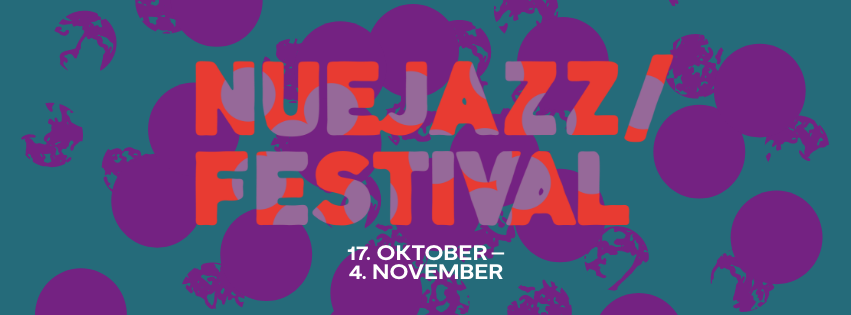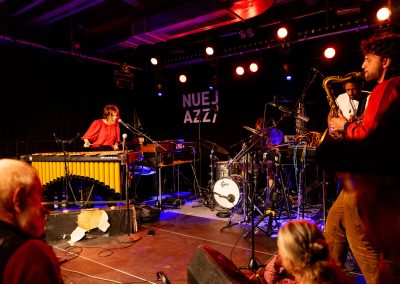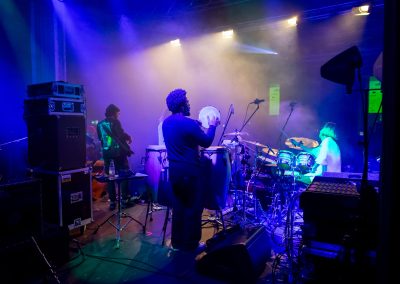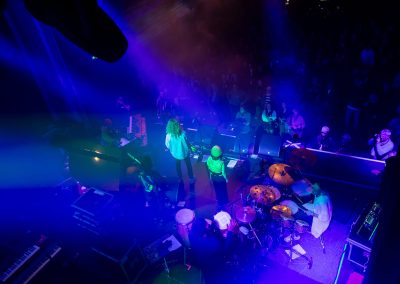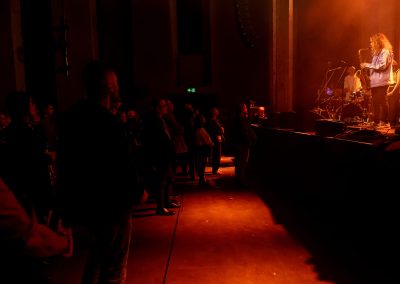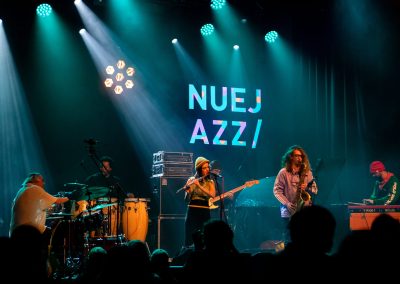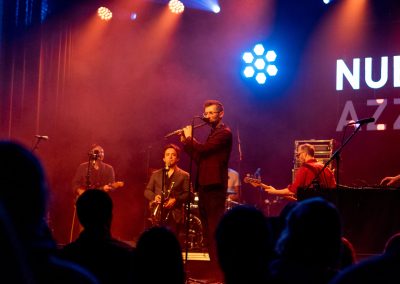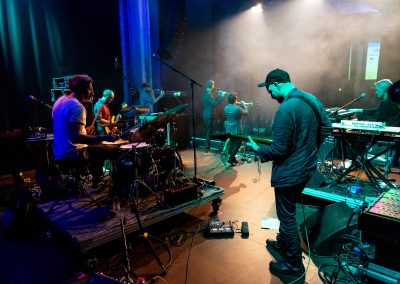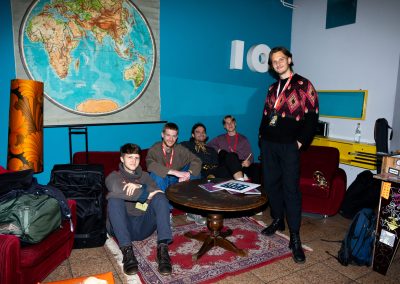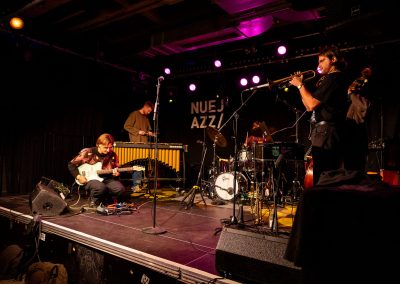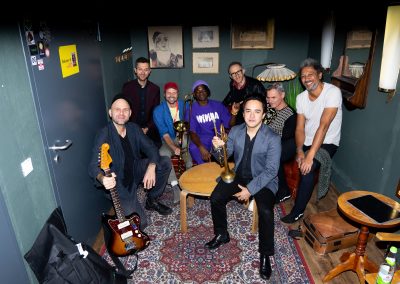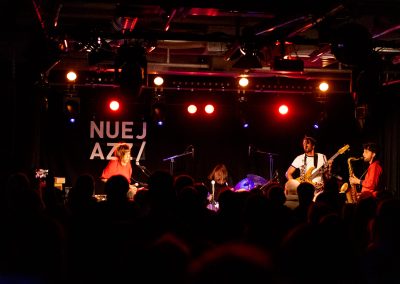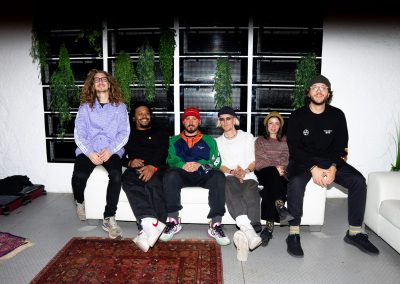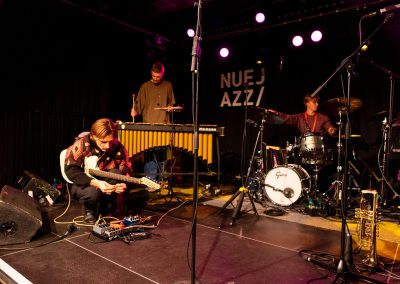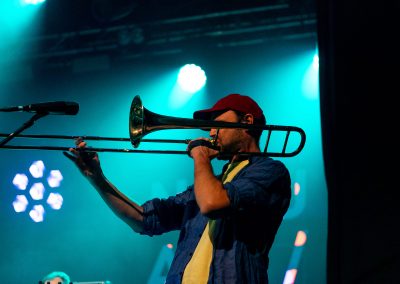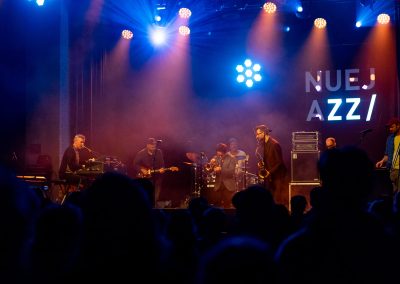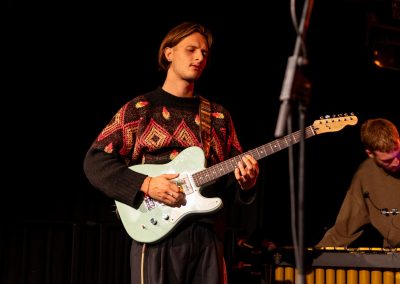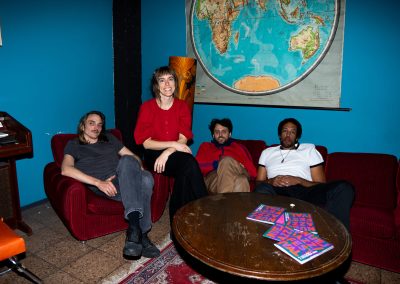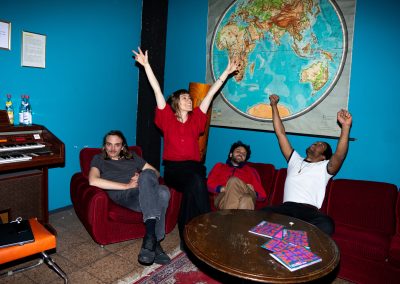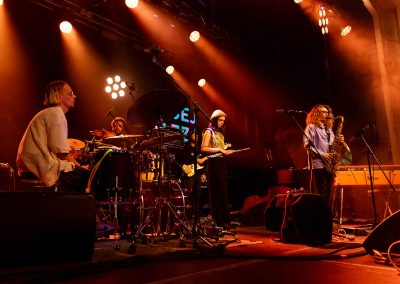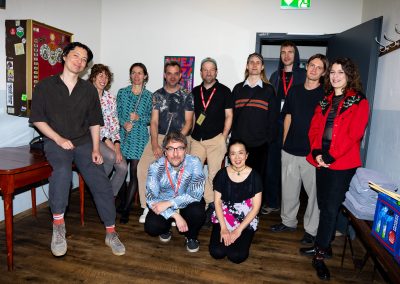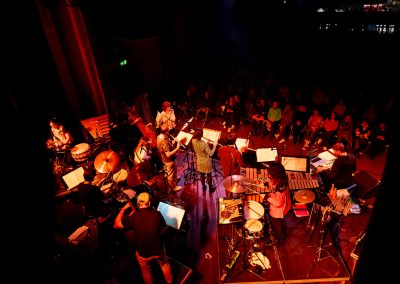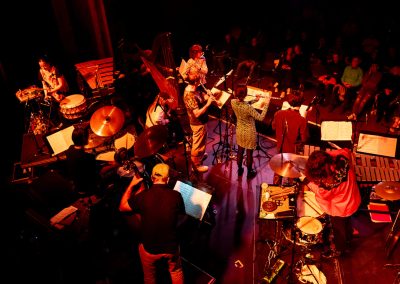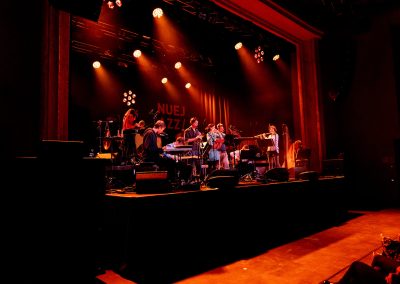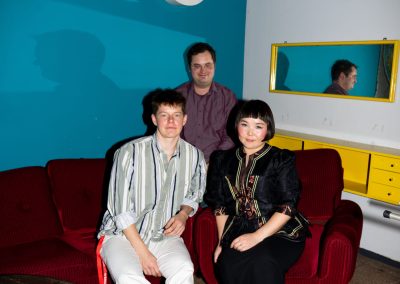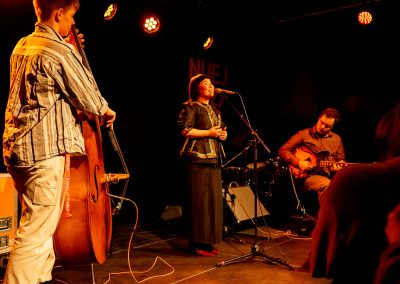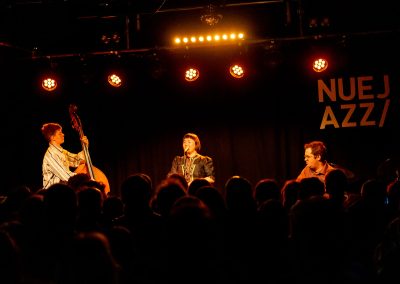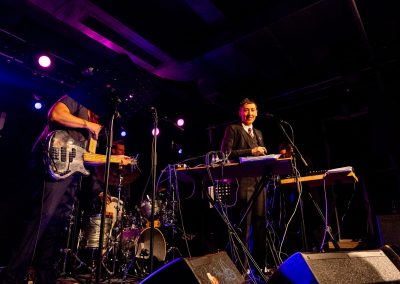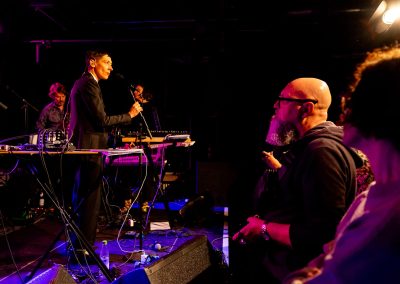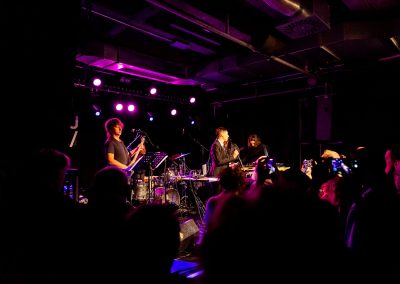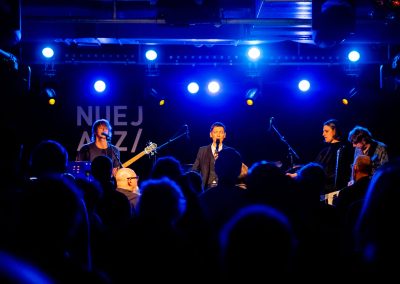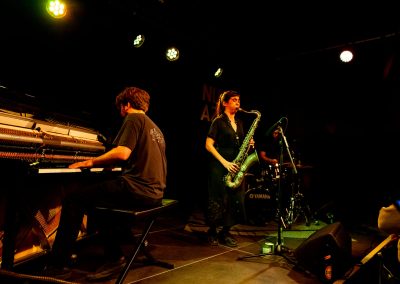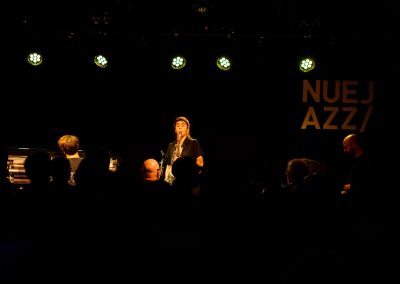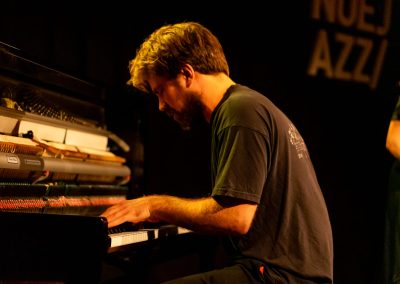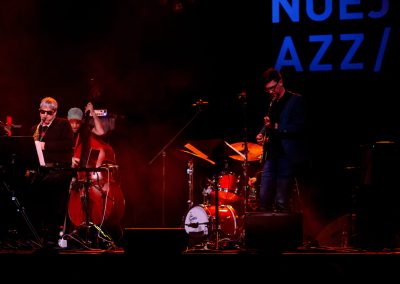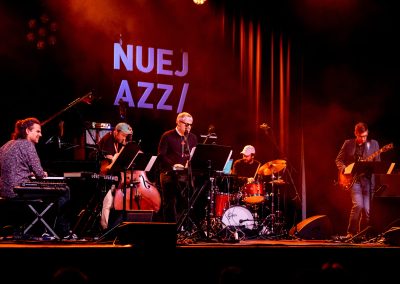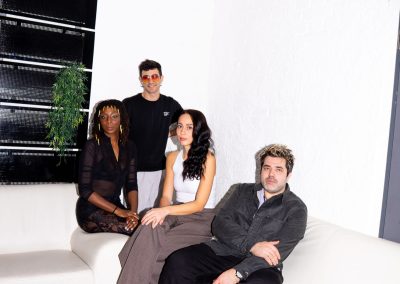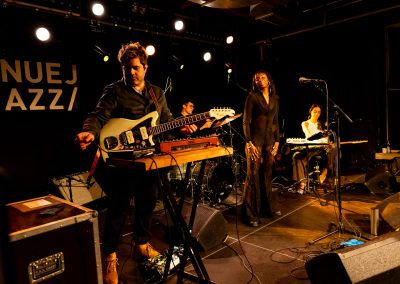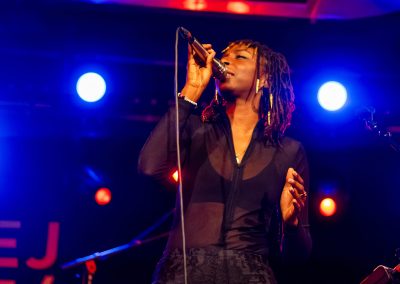NUEJAZZ Nuremberg 2025
From Barracks to Sound Temple: Z-Bau and the Renaissance of European Jazz
There are cities that sound. Nuremberg doesn’t just vibrate—it breathes music, with a memory that refuses to dissolve in time. Walking through its stone streets feels like tracing a score written between Gothic arches and modern rhythms; between the medieval echo of the Kaiserburg and the urban pulse that emerges from its bars, museums, and festivals. This city, so deeply marked by its history—the glory of the Holy Roman Empire and the shadow of the trials that redefined global justice—has learned to translate memory into living culture. Its Office of Tourism and Culture (CTZ Nürnberg) doesn’t merely promote landmarks; it orchestrates the city, programming music, art, and festivals throughout the year. Among its offerings are jazz, classical, rock, and electronic events, as well as art exhibitions—many of them free—with a goal that goes beyond visibility: to build community and artistic sensitivity.
In this urban score, the Z-Bau acts as a double bass: deep, persistent, warm. This building, originally a 19th-century military barracks, has lived many lives—hospital, SS facility, U.S. Army base after World War II—until falling into near ruin in the 1990s. Today it stands as a self-managed cultural center, housing concert halls, workshops, galleries, and clubs—a symbol of Nuremberg’s creative rebirth. Its industrial façade, its austere yet welcoming interiors, and its underground spirit make it the perfect stage for the NUEJAZZ Festival, which in 2025, under the artistic direction of guitarist Frank Wuppinger, once again proved that contemporary jazz defies labels: it’s attitude, auditory thought, and shared risk.
The experience unfolds across three distinct spaces: Saal, spacious and resonant; Galerie, intimate and close; and Roter Salon, warm and ideal for more exploratory performances. Each concert benefits from flawless technical work and a discreet, well-coordinated staff—fully aware that the music must remain the star.
The festival I can see opened with Anima, the Dresden-based quintet that crafted a sonic landscape seemingly born from the earth itself. Joel Ferrando (trumpet), Arthur Clees (vibraphone), Lorenz Glöckner (guitar), Kevin Knödler (bass), and Samuel Dietze (drums) built a delicate, almost ritualistic balance where silence mattered as much as sound. Their music, reminiscent of ECM’s lyricism, carried the rawness of youth and the sincerity of discovery, transforming introspection into a collective act. The way the quintet wove tension and release, landscape and inner space, made it clear that silence, too, can be music.
The energy shifted later with Àbáse, led by Szabolcs Bognár (keyboards & production). With Fanni Zahár (flute), Ori Jacobson (saxophone), Giacomo Tagliavia (bass), Ziggy Zeitgeist (drums), and additional percussion, their set fused jazz, Afrobeat, Brazilian rhythms, and electronic textures. Each passage pulsed with hypnotic movement—a lesson in how music can be ritual and dance at once. Their message felt almost philosophical: spirituality can groove.
Then came Jazzanova ft. Wayne Snow, veterans of Berlin’s nu-jazz scene, unfolding a universe where soul, electronics, and house interlaced. Christoph Adams (piano, vocals), Wayne Snow (vocals), Christoph Bernewitz (guitar), Stefan Ulrich (trombone, electronics), Sebastian Borkowski (sax, flute), Florian Menzel (trumpet), Paul Kleber (bass), and SJan Burkamp (drums) offered elegance without solemnity. Wayne Snow led the session to near-mystical territory with his airy, sensual voice, while the collective deconstructed jazz with the reverence of a cubist painter dismantling reality without destroying it.
And then came Embryo, the moment that left an indelible mark. Led by Marja Burchard (vibraphone, organ, synth, vocals, santur), daughter of the band’s founder, alongside Johannes Schleiermacher (sax, flute, synth), Maasl Maier (bass), and Jakob Thun (drums), the group embarked on a hypnotic journey through psychedelia, free jazz, and world music. Embryo doesn’t sound nostalgic—it sounds alive, a dialogue between generations where every musical phrase feels both ancient and futuristic. Each improvisation, each interlude, pulses with risk and precision. The band blends cultures and eras effortlessly, reminding us that jazz can be cosmopolitan, experimental, and deeply human all at once. It’s not just something you hear—it’s something you feel, as if the music expanded the Z-Bau’s very walls.
Between concerts, DJs Allynx & Sean Steinfeger spun atmospheric sets, keeping the audience suspended between contemplation and movement—not filler, but emotional choreography.
The second day opened with the Andromeda Mega Express Orchestra (AMEO), a collective beast led by Daniel Glatzel (composition, sax). With Laure Mourot and Sonja Horlacher on flute, Taiko Saito on vibraphone and percussion, Arne Braun and Kalle Zeier on electric guitars, Anna Viechtl on harp, Matthias Pichler on bass, and Marius Wankel on drums, the orchestra showed how symphonic and experimental forces can coexist naturally. Each musician listened and responded, transforming the ensemble into a living organism: phrases intersected, riffs intertwined with percussion, and silences created tension before release. AMEO embodies collective risk turned into sound—where composition and improvisation melt seamlessly.
Singer Enji (Enkhjargal Erkhembayar) offered the festival’s most intimate moment. I arrived near the end of her concert, but her voice—laden with melancholy and serenity—filled the Roter Salon with an almost sacred atmosphere, proving that emotion and restraint can coexist in perfect harmony. She will soon perform in Madrid, where I’ll make sure to attend with more space for deep listening.
Jelena Kuljić & Fundamental Interactions ft. Olga Reznichenko went for political intensity and sonic provocation: Yugoslav poetry, fractured electronics, and improvisation without a safety net. With Kalle Kalima (guitar, electronics), Tim Dahl (bass), and Christian Lillinger (drums), they reminded us that jazz isn’t always meant to please—it can also unsettle, offering beauty and conceptual breadth through irony.
The Peter Gall Quintet delivered an exquisite balance of virtuosity and restraint. With Wanja Slavin (alto sax, synth), Carl Morgan (guitar), Rainer Böhm (piano, synth), Matthias Pichler (bass), and Peter Gall (drums), they proved that music can be profound, elegant, and moving without being ostentatious—a reminder that sophistication can also be subtle.
The Nebbia / Downes / Lisle trio performed as a single organism. Camila Nebbia, on saxophone, didn’t just play notes—she turned them into whispers, laments, or contained explosions, shaping timbre until every phrase felt like it emerged from the audience’s own breath. Kit Downes, on piano, acted not as accompanist but as an architect of sonic space—constructing harmonies that could be ethereal, dense, or abrupt, often using silence as material as vital as the keys themselves. Andrew Lisle, on drums, didn’t simply keep time—he added texture, tension, and surprise, transforming percussion into an emotional landscape.
What fascinates about this trio is their coherence amid freedom. Improvisation here isn’t chaos—it’s continuous conversation, where each musician listens, breathes, and responds in real time, creating moments of absolute suspension, when the listener feels both on the edge of an abyss and somehow safely held. Their performance became a metaphor for mutual trust in improvised music: shared risk transformed into pure beauty.
The festival closed the day with Sera Kalo, joined by Igor Osypov (guitar, synth), Sofia Eftychidou (electronic bass), and Dylan Greene (drums). Blending soul, jazz, and electronics, her vocal energy and stage presence showed that jazz can remain both political and poetic when it moves you.
The success of NUEJAZZ 2025 also owes much to the flawless coordination of the agents behind it: the Nuremberg Office of Tourism and Culture, with Nora Hefny and Franzisca Steyer welcoming guests, and Judith Kobus of cubus-music, whose strategic work in PR, artistic communication, and overall management strengthened the festival’s visibility and that of its artists.
Leaving the Z-Bau at the end of the night felt like waking from an urban dream: the cold air on the way to the tram smelled of history, gingerbread, and suspended chords. The city shimmered under the golden light of its walls, reminding us that here, the past doesn’t weigh—it resonates. And one can’t help but think, with irony, that perhaps jazz itself is precisely that: a way of rebuilding the world, note by note, after every catastrophe.

